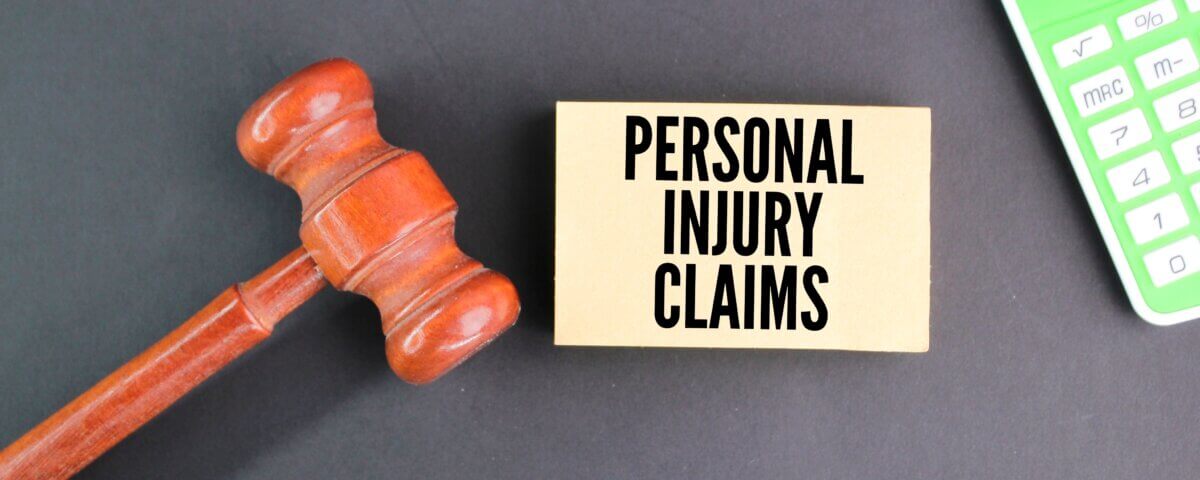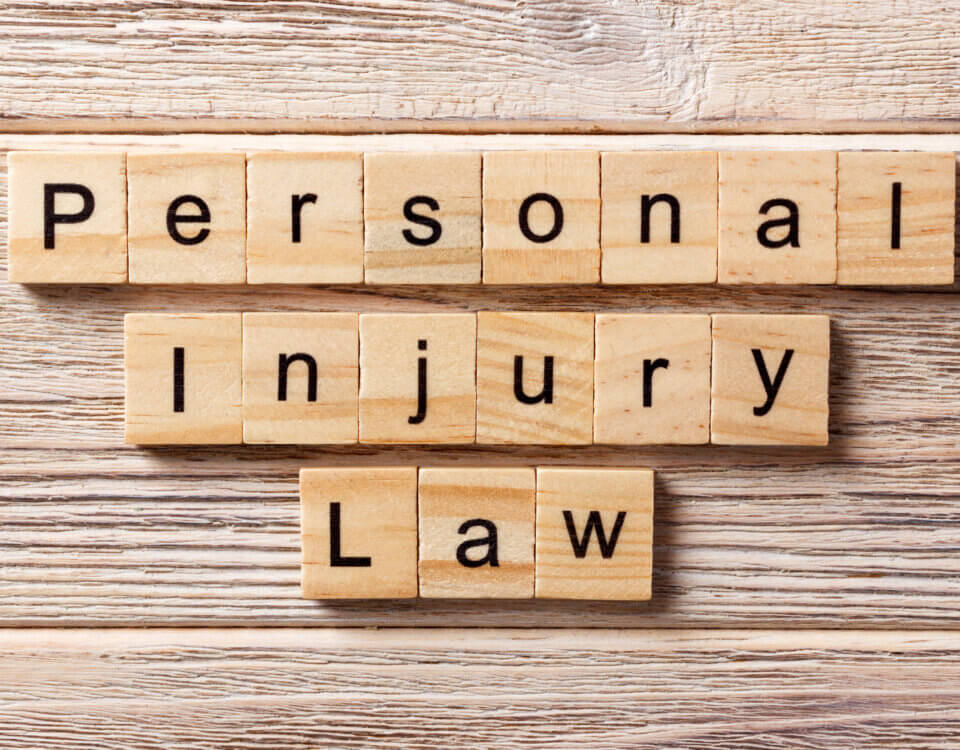From trampoline parks and theme parks to recreational sports and thrill-seeking activities like skydiving, certain experiences come with obvious risks. But what happens when someone gets seriously injured during one of these activities? Can they still pursue a personal injury claim?
At Hillstone Law, we often help clients navigate the complexities of cases involving assumption of risk a legal doctrine that can significantly affect your ability to recover compensation after an injury. Here’s what you need to know.
What Is Assumption of Risk?
The concept of assumption of risk applies when a person voluntarily engages in an activity they know is dangerous. By choosing to participate, they may limit or lose their ability to hold others legally responsible for injuries that arise from those known risks.
Assumption of risk is often used by defendants as a legal defense to avoid liability in personal injury cases involving recreational or inherently hazardous activities.
Types of Assumption of Risk
There are two primary forms of assumption of risk: express and implied.
1. Express Assumption of Risk
This occurs when a person explicitly acknowledges the risks involved typically by signing a waiver or release of liability before participating in an activity.
Examples include:
- Signing a waiver at a trampoline park
- Agreeing to terms and conditions at a gym
- Filling out a release form before bungee jumping or ziplining
Even if you sign a waiver, it does not always eliminate your right to sue. If the risk you encountered went beyond what was disclosed or if gross negligence was involved you may still have a valid claim.
Example: If you signed a waiver at a trampoline park but were injured due to torn netting or exposed springs that weren’t disclosed or repaired, you might still be able to seek compensation.
2. Implied Assumption of Risk
In this scenario, a person voluntarily participates in an activity with known risks even without signing a formal waiver. Their actions alone imply they understood and accepted the dangers.
Examples include:
- Playing in a recreational softball league
- Participating in fireworks displays
- Skiing or snowboarding at your own discretion
Although these situations don’t involve written consent, courts may still determine that the injured party knew what they were getting into.
Primary vs. Secondary Assumption of Risk
Understanding these subcategories is crucial in evaluating a case:
Primary Assumption of Risk
Occurs when the injured party voluntarily accepts a risk, and no legal duty of care is owed by the other party.
Example: Being hit by a foul ball at a baseball game. You assume that risk by choosing to attend.
In these cases, the injured person typically cannot sue, because the law does not impose a duty to prevent those risks.
Secondary Assumption of Risk
Applies when the other party does owe a duty of care, but the injured person proceeds anyway, aware of the danger.
Example: A bungee jumping company owes participants a duty of care to ensure equipment is safe. Even though the activity is risky, the company can still be held liable for injuries resulting from negligence.
How Comparative Negligence May Impact Your Case
California follows a pure comparative negligence system. That means even if you assumed some risk, you can still pursue compensation if the other party was partially responsible.
The jury weighs each party’s level of fault, and your compensation may be reduced accordingly. For example, if you were found 30% responsible for your injuries, your total recovery would be reduced by that percentage.
Is Assumption of Risk a Valid Defense?
Yes but it’s considered an affirmative defense. That means the defense must raise it and prove that:
- You were aware of the specific risk
- You voluntarily accepted that risk
- The injury occurred due to that known risk
Ultimately, a jury may decide whether the assumption of risk applies based on the facts of your case.
When Assumption of Risk Doesn’t Apply
There are exceptions where assumption of risk may not shield the responsible party from liability:
- Gross negligence or intentional harm
- Public policy concerns (e.g., schools, emergency services)
- Lack of informed consent (e.g., children or cognitively impaired individuals who can’t legally accept the risk)
Example: If a trampoline park owner knowingly placed sharp objects beneath the trampoline or failed to maintain safety equipment, signing a waiver wouldn’t protect them from a lawsuit.
Injured During a Risky Activity? Let Hillstone Law Help
If you were hurt during a recreational or high-risk activity, don’t assume you’ve waived your right to compensation. Whether you signed a waiver or not, there may still be legal grounds for a personal injury claim.
The attorneys at Hillstone Law are experienced in identifying when assumption of risk applies and when it doesn’t. We’ll evaluate the facts, explain your options, and fight to secure the compensation you deserve.
Contact us today for a free consultation.









